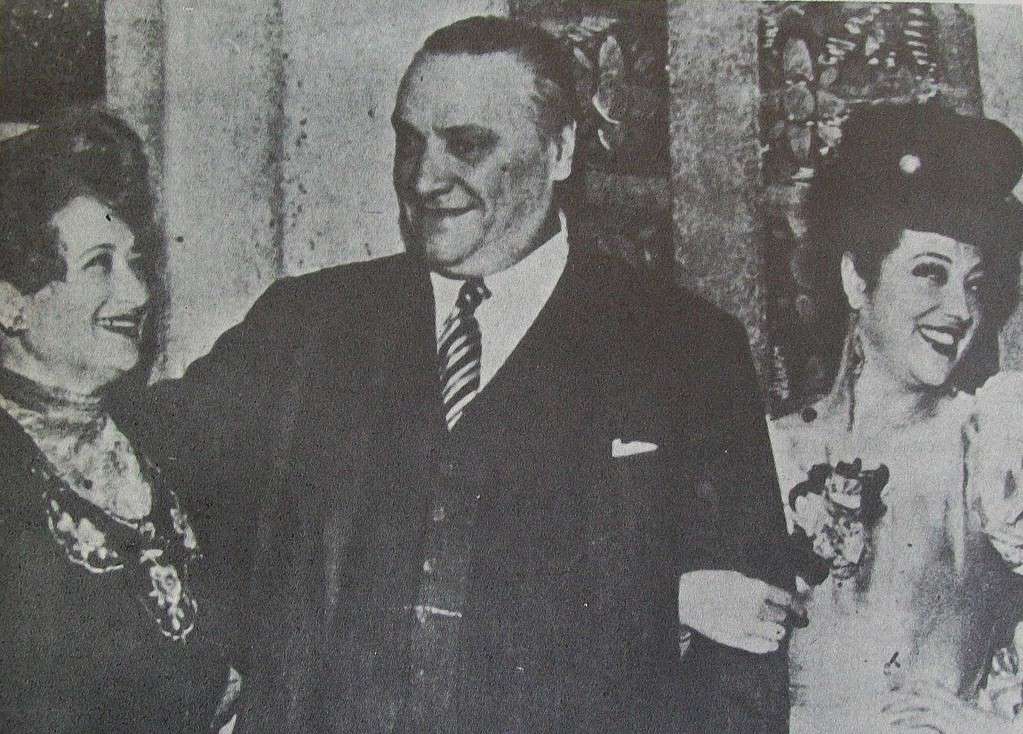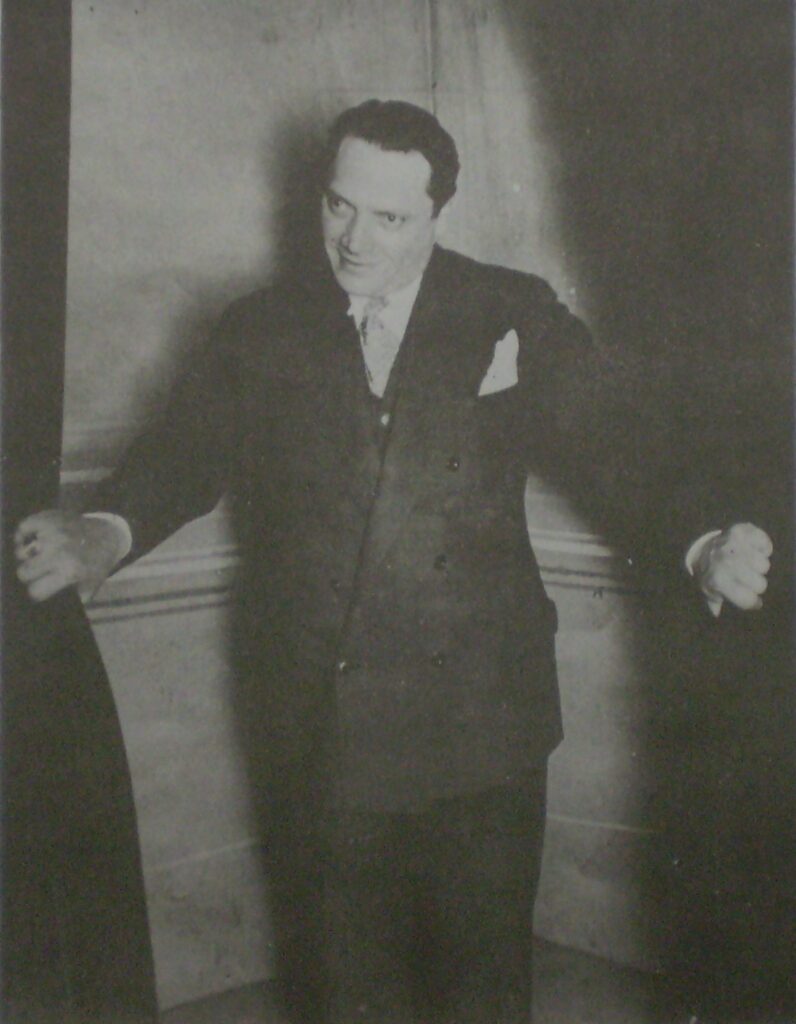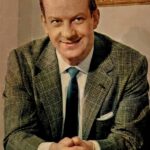In the vibrant tapestry of Argentine culture, one name stands out as a beacon of creativity and innovation – Alberto Vaccarezza. Born on April 1, 1886, in Almagro, Buenos Aires, and bidding farewell to the world on August 6, 1959, Vaccarezza left an indelible mark as a dramaturge, tango lyricist, and Argentine Sainete poet.
He is recognized as a key figure in the development of the Sainete genre in Argentine theater and as a lyricist for tango music.
Early Life
Alberto Vaccarezza entered the world on April 1, 1886, in the heart of Almagro, Buenos Aires. He was born into a middle-class family in the Almagro neighborhood of Buenos Aires. As a young man, he embraced the arts, eventually becoming a maestro of the Sainete genre—a form of one-act farce deeply rooted in Argentine culture.
Career Beginnings
Alberto Vaccarezza began his career as a dramaturge and lyricist, contributing significantly to the development of the Sainete genre in Argentine theater.
He gained recognition for his ability to capture the essence of Argentine life and culture in his works.
Artistic Journey

Collaboration with Carlos Gardel
A close friend and collaborator of the legendary Carlos Gardel, Vaccarezza’s influence extended beyond the written word. His association with Gardel, the iconic tango singer, further solidified his position as a significant figure in the Argentine cultural landscape.
Contributions to Tango
Alberto Vaccarezza‘s connection with tango wasn’t confined to the theater. He penned numerous tango lyrics, contributing to the genre’s evolution. His collaboration with Carlos Gardel resulted in 13 timeless recordings, including classics like “La copa del olvido” (1921) and “Araca corazón” (1927).
Top 10 top Tango songs by Alberto Vaccarezza
- “La copa del olvido”
- Recording Year: 1921
- Orchestra: Carlos Gardel
- Singer: Carlos Gardel
- Description: This melancholic Tango explores the theme of forgotten love, featuring poetic lyrics that resonate with emotional depth.
- “Araca corazón”
- Recording Year: 1927
- Orchestra: Carlos Gardel
- Singer: Carlos Gardel
- Description: A lively and celebratory Tango, “Araca corazón” expresses the joyous spirit of life and love, making it a favorite for dancers seeking energetic rhythms.
- “Tu cuna fue un conventillo”
- Recording Year: 1925
- Orchestra: Carlos Gardel
- Singer: Carlos Gardel
- Description: This Tango reflects on the challenges faced by immigrants living in conventillos, capturing a poignant narrative of the immigrant experience.
- “Adiós para siempre”
- Recording Year: 1925
- Orchestra: (Orchestra information not available)
- Singer: Carlos Gardel
- Description: With a touch of nostalgia, “Adiós para siempre” bids farewell to a love that has come to an end, evoking a sense of longing and reflection.
- “Eche otra caña pulpero”
- Recording Year: 1923
- Orchestra: Carlos Gardel
- Singer: Carlos Gardel
- Description: This Tango, set in a pulpería (tavern), captures the essence of rural life and the camaraderie found in these social spaces.
- “El carrerito”
- Recording Year: 1928
- Orchestra: (Orchestra information not available)
- Singer: Carlos Gardel
- Description: A rhythmic and lively Tango, “El carrerito” paints a vivid picture of the bustling streets of Buenos Aires.
- “Francesita”
- Recording Year: 1924
- Orchestra: Carlos Gardel
- Singer: Carlos Gardel
- Description: “Francesita” is a Tango that exudes charm and romance, celebrating the allure of a French-inspired love.
- “No le digas que la quiero”
- Recording Year: 1924
- Orchestra: Carlos Gardel
- Singer: Carlos Gardel
- Description: This Tango carries a sense of secrecy and passion, with lyrics advising against revealing the depth of one’s love.
- “No me tires con la tapa de la olla”
- Recording Year: 1926
- Orchestra: Carlos Gardel
- Singer: Carlos Gardel
- Description: A playful and humorous Tango, “No me tires con la tapa de la olla” uses kitchen imagery to convey a light-hearted, comical tone.
- “Talán talán”
- Recording Year: 1924
- Orchestra: Carlos Gardel
- Singer: Carlos Gardel
- Description: This Tango exudes a rhythmic cadence, inviting dancers into a world of lively steps and vibrant melodies.
The Sainete Maestro
Alberto Vaccarezza is hailed as the trailblazer of the Sainete genre in Argentina. His works, such as “Tu cuna fue un conventillo” (1925) and “El conventillo de la Paloma” (1929), artfully blended comedy with mild melodrama, depicting the challenges faced by immigrants in Argentina during the influx of migration.
Vaccarezza’s mastery extended to various Sainete sub-genres. From the lightheartedness of “Tu cuna fue un conventillo” to the nuanced tragicomedy of “Cuando un pobre se divierte” (1921), he explored the spectrum of human experience.
Legacy
Alberto Vaccarezza’s legacy resonates in over 200 works, including tango lyrics, zambas, songs, poems, and theatrical pieces. His ability to capture the essence of Argentine life, particularly in the setting of a conventillo, remains unmatched.
Vaccarezza’s influence extended to the silver screen with the 1936 film adaptation of “El conventillo de la Paloma,” bringing his vivid characters to a broader audience.
Vaccarezza’s influence extended to the silver screen with the 1936 film adaptation of “El conventillo de la Paloma,” bringing his vivid characters to a broader audience.
- “Cuando un pobre se divierte” (1921)
- “Tu cuna fue un conventillo” (1925)
- “El conventillo de la Paloma” (1929)
Frequently Asked Questions (FAQs) about Alberto Vaccarezza
What is the Sainete genre?
The Sainete is a one-act farce, often characterized by its comedic elements and portrayal of everyday life. Alberto Vaccarezza is credited with popularizing and innovating this genre in Argentina.
How many tango songs did Alberto Vaccarezza write for Carlos Gardel?
Alberto Vaccarezza wrote lyrics for 13 tango songs recorded by Carlos Gardel, showcasing their fruitful collaboration.
Which are Vaccarezza’s Popular Works?
Some of his notable works include “Cuando un pobre se divierte” (1921), “Tu cuna fue un conventillo” (1925), and “El conventillo de la Paloma” (1929). These Sainetes reflect the humor and struggles of everyday life in Buenos Aires.
What Role did Vaccarezza Play in Argentine Theater?
Alberto Vaccarezza played a pioneering role in Argentine theater by introducing and popularizing the Sainete genre. His works depicted the lives of common people and often had a narrative quality.
How did Vaccarezza Contribute to Radio?
In addition to his work in theater and tango, Vaccarezza had a career in radio. He was a brief speaker and scriptwriter, and his simple yet powerful poems were recited on the radio.
Notable Sources
- Pellettieri, Osvaldo. “El sainete y el grotesco criollo: del autor al actor.”
- Gallo, Blas Raúl. “Historia del sainete nacional.”
- Todotango.com – Alberto Vaccarezza






